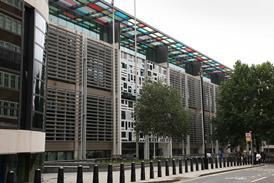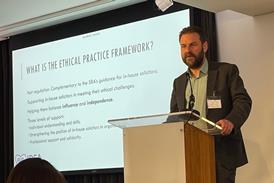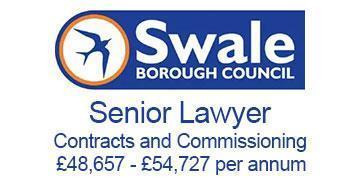As we know, a child’s interaction with the youth justice system is at a time when they are incredibly vulnerable and their engagement and trust in a fair process can make all the difference as to what they do next.
The statutory aim of the youth justice system is to reduce offending and promote the welfare of the child. But the system will only work if children understand what is happening when they are stopped by the police, standing before a judge or remanded to custody. If a child knows what to expect and who is responsible for what, they are more likely to trust and engage with the legal process. Understanding how they should be treated and what action they can take when things go wrong is crucial.
That’s why I was encouraged to learn about the development of the Youth Justice Charter. This project was spearheaded by the Ministry of Justice, but in practice is a cross-justice-sector collaboration. It recognises the need for clarity and commitment to the standards of care for children in the justice system and better communication of those standards to vulnerable, young people who end up facing it.
The project brought together the police, youth justice services, the youth custody service, the legal community and third sector organisations, all of whom are responsible for delivering different elements of the standards set out in the charter. As you might expect, the right to free legal advice features prominently in the charter and endeavours to clarify how the role of ‘your lawyer’ is different to the role of other professionals in the youth justice system.
The content of the charter was developed with help from the Law Society of England and Wales, London Criminal Courts Solicitors’ Association, Youth Practitioners Association and the Solicitors Regulation Authority. The charter sets out how to complain about your lawyer, holding legal professionals to account. It is organised into five parts, each representing a particular stage in the youth justice ‘journey’ that a child might be involved in – the police, the courts, youth justice services, custody and resettlement. Each stage of the charter also has a section that explains what to do and who to contact if the standards have not been met.
The charter was launched in July 2025 and is accessible via its online platform. The website is easy to navigate, designed with the help of young people from Peer Power Youth and Ambitious About Autism. It hosts multiple products aimed at maximising accessibility, includes a short animation, easy-to-read versions, a Welsh translation and five separate downloadable booklets covering the various stages. An offline version is also available for children in custody.
With all the work that has gone into producing this charter, the MoJ is committed to ensuring it becomes a valuable and trusted resource for children and those supporting them. Posters with QR codes (which you can download from the website) will go up in police stations, Youth Justice Service offices and youth court buildings. Additionally, ‘charter awareness’ is being embedded into training for those working in the system. Within our own networks we should all do our part to spread the word and, of course, ensure young clients know about the charter and that we are delivering on its principles.
Earlier this year, the MoJ also funded the Youth Justice Legal Centre to produce new training resources. These include new legal guides on child rights and welfare, bail and remand, and out of court disposals, along with four new videos. One of these, ‘New skills unlocked’ uses the voice and experience of children to train criminal lawyers on how to deliver better representation. It provides valuable insight into how a child can view the court process and professionals involved.
Greg Stewart is a member of the Ministry of Justice Quality Advocacy Working Group and youth justice specialist at GT Stewart Solicitors & Advocates
































1 Reader's comment